 Hanging Tree
Hanging Tree
Entry Type: Thing
 Hanging Tree
Hanging Tree
 Hardee Pattern Battle Flag
Hardee Pattern Battle Flag
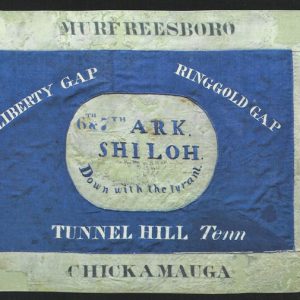 Hardee Pattern Battle Flag
Hardee Pattern Battle Flag
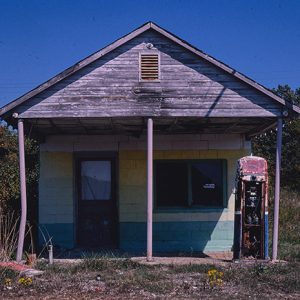 Hardy Amoco Station
Hardy Amoco Station
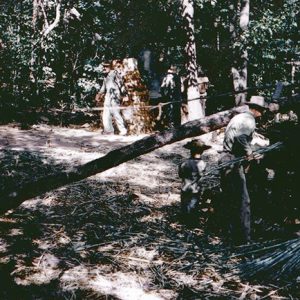 Harmon Sorghum Mill
Harmon Sorghum Mill
Harps Food Stores Inc.
 Harrison Bridge
Harrison Bridge
Harry K. Dupree Stuttgart National Aquaculture Research Center
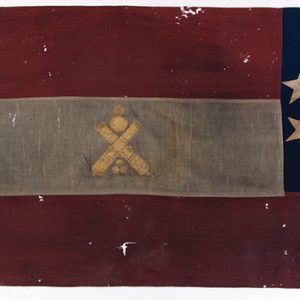 Hart's Battery Flag
Hart's Battery Flag
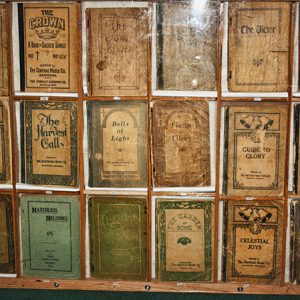 Hartford Music Company Song Books
Hartford Music Company Song Books
Hartford Music Company and Hartford Music Institute
Hartford Water Tower
 Hartford Water Tower
Hartford Water Tower
 Harvest
Harvest
Harvestmen
aka: Daddy Long-Legs
aka: Granddaddy Long-Legs
 Harvestmen of Arkansas
Harvestmen of Arkansas
Harvey’s Grocery and Texaco Station
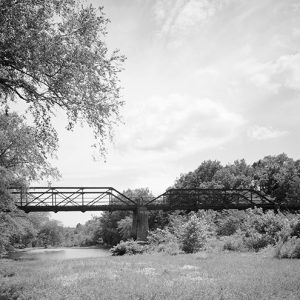 Hatfield Bridge
Hatfield Bridge
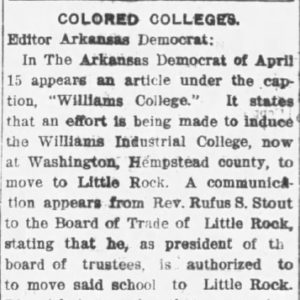 Haygood Seminary Letter
Haygood Seminary Letter
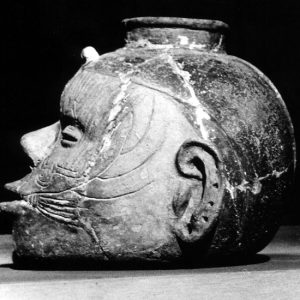 Head Pot
Head Pot
Head Pots
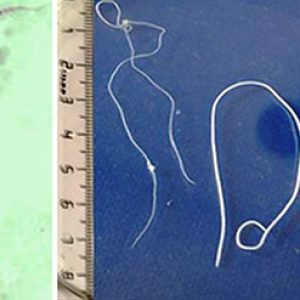 Heartworm
Heartworm
 Heartworm Life Cycle
Heartworm Life Cycle
 Heber Springs Depot
Heber Springs Depot
Heber Springs Water Panther
 Education, Mural by Paul Heerwagen
Education, Mural by Paul Heerwagen
 Religion, Mural by Paul Heerwagen
Religion, Mural by Paul Heerwagen
 War, Mural by Paul Heerwagen
War, Mural by Paul Heerwagen
 Justice, Mural by Paul Heerwagen
Justice, Mural by Paul Heerwagen
Heifer International
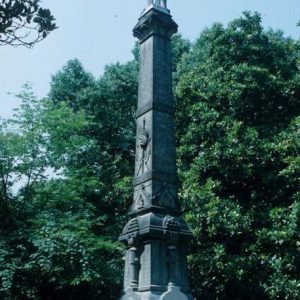 Helena Confederate Cemetery
Helena Confederate Cemetery
Helena Depot
Helena National Guard Armory
 Helena-West Helena Levee Art
Helena-West Helena Levee Art
 Helena-West Helena Bridge
Helena-West Helena Bridge
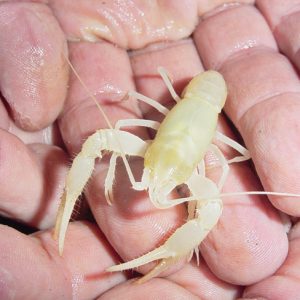 Hell Creek Cave Crayfish
Hell Creek Cave Crayfish
Hell on the Border
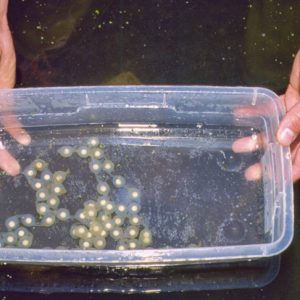 Hellbender Eggs
Hellbender Eggs
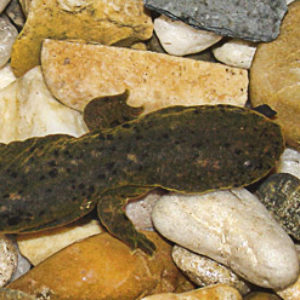 Juvenile Ozark Hellbender
Juvenile Ozark Hellbender
 "Hello, the Boat!"
"Hello, the Boat!"
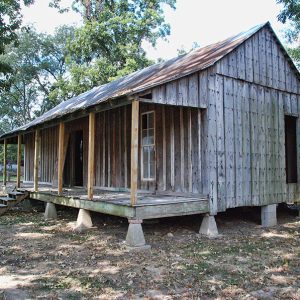 Levon Helm Home
Levon Helm Home
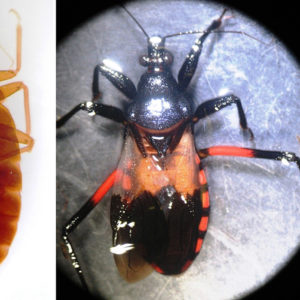 Hemiptera (a.k.a. True Bugs)
Hemiptera (a.k.a. True Bugs)
Hemipterans
aka: True Bugs
 Hemitrichia calyculata
Hemitrichia calyculata
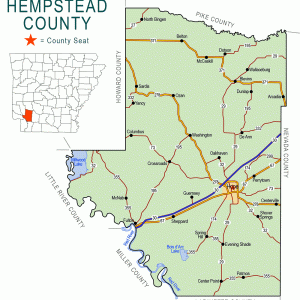 Hempstead County Map
Hempstead County Map
 Henderson House
Henderson House
Henry Atchley House
Henry McKenzie House
 Henry's Chapel Marker
Henry's Chapel Marker
 Hepatitis B and C
Hepatitis B and C




